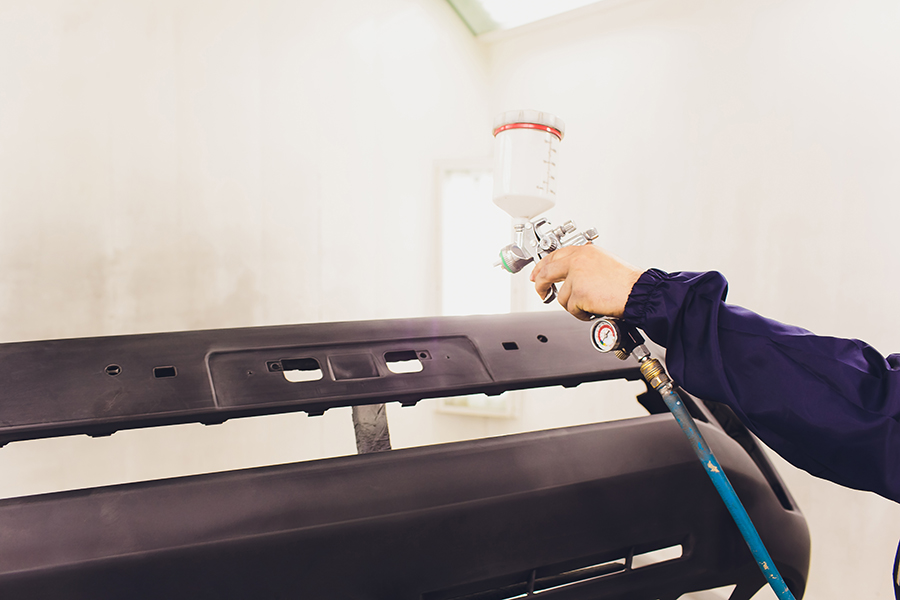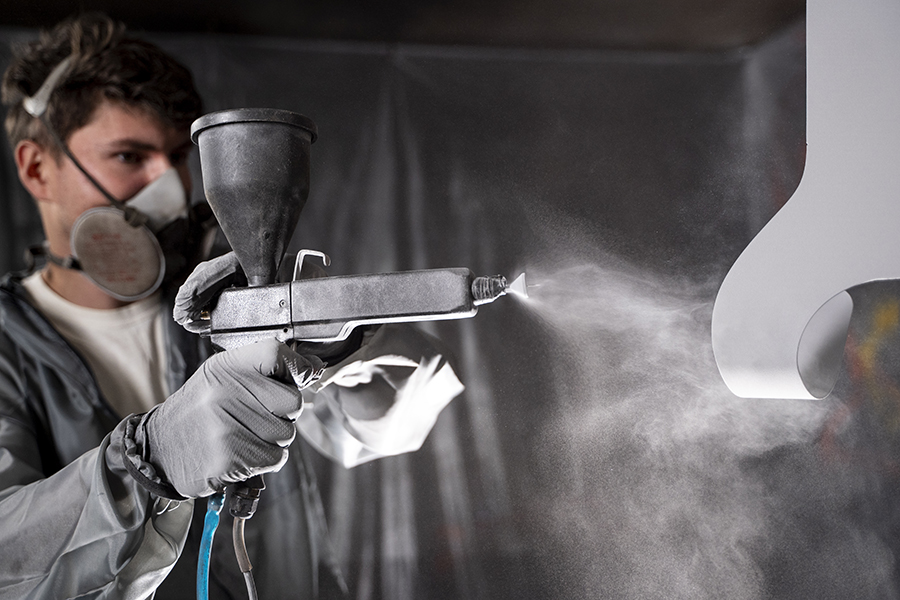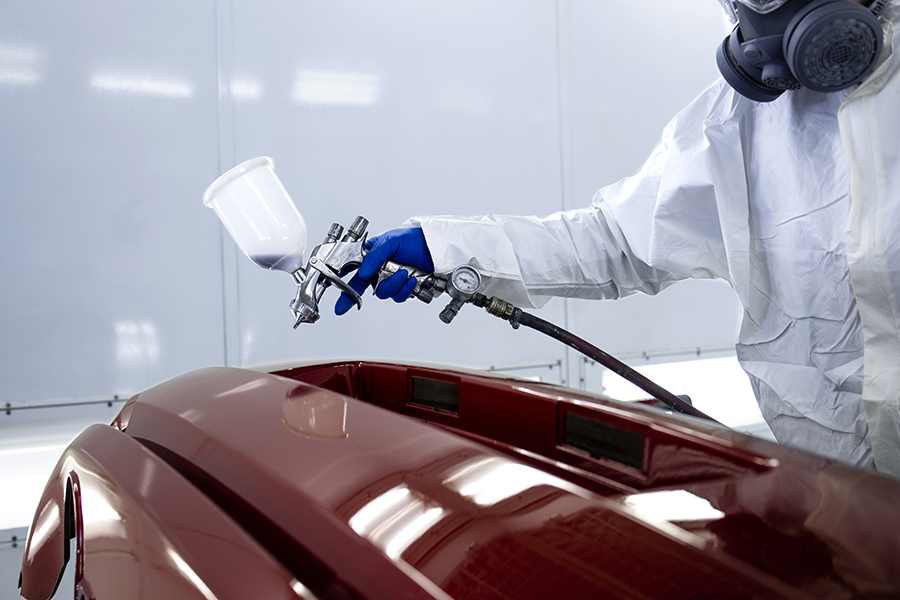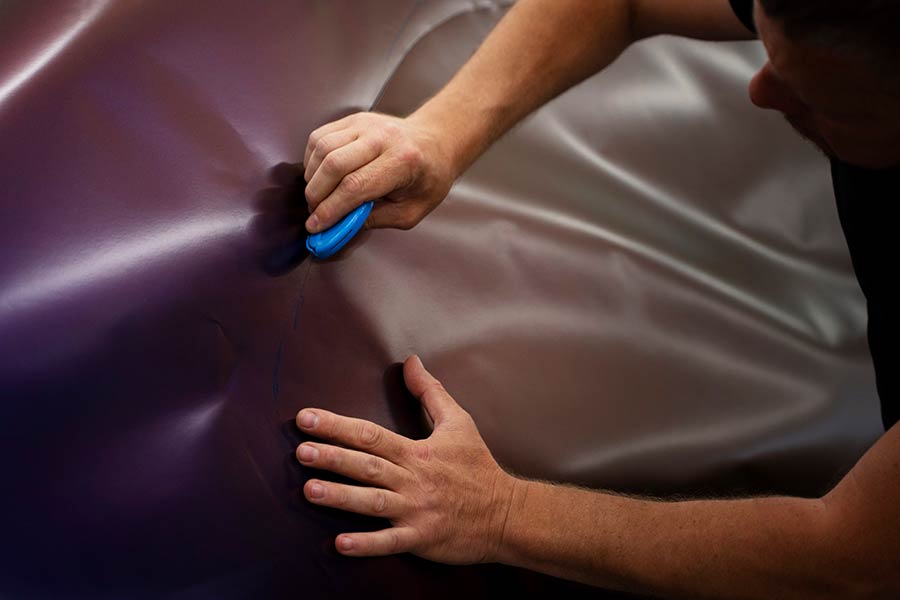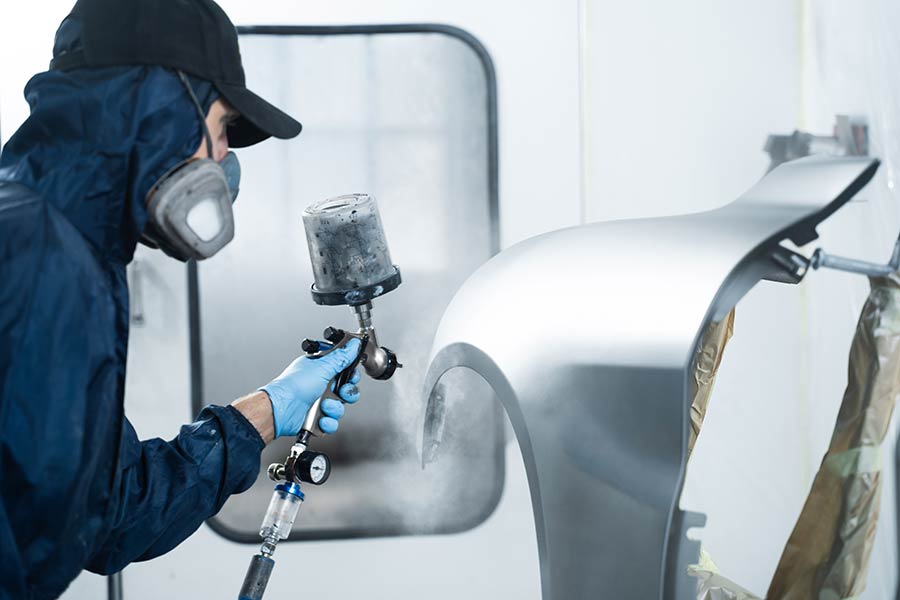Getting a car paint job can feel like magic. One moment, your ride looks like it’s been through a sandstorm; the next, it’s shining like a brand-new penny. A fresh coat of paint isn't just about looks—it protects your car from rust and damage. While some folks think it's just for fancy cars, even your trusty old sedan deserves to look its best. Whether you're fixing up scratches or changing colors, a good paint job makes all the difference. Let’s dive into how this simple change can transform your wheels and boost their value.
Key Takeaways
- Know what a car paint job is. It covers the car for protection and looks.
- Costs vary. Things like car size, paint type, and place matter.
- DIY can save money but needs skill. Pros do it better but cost more.
- Save money by comparing shops and asking for deals.
- Choose a good paint shop. Look for reviews and ask friends.
- Plan your budget. Know all costs before starting.
Understanding Car Paint Job
Different Paint Types
Car paint comes in enamel, urethane, and acrylic types. Enamel paint is popular for its glossy finish. It dries hard and lasts long. Urethane paint is durable and resistant to chipping. Acrylic paint is easy to apply but less durable.
Each type has different durability and finish quality. Enamel provides a shiny look but can chip easily. Urethane offers a tough finish that resists wear. Acrylic is softer and might fade over time.
These paints also impact the environment differently. Enamel releases more fumes during application. Urethane contains fewer harmful chemicals. Acrylic is water-based, making it more eco-friendly.
Color and Finish Options
Car owners often choose colors based on trends. Popular colors include white, black, and gray. Bright colors like red or blue are also common.
Matte and glossy finishes offer different looks. Matte gives a flat, non-reflective surface. Glossy shines brightly and reflects light well. Some people prefer custom color matching for a unique appearance.
Custom color matching allows for a personalized touch. It involves mixing paints to match any desired shade.
Ideal Time for Painting
Choosing the right time for painting is important. Mild weather conditions are best for car painting. Temperatures between 60°F to 70°F work well.
Avoid painting on rainy or humid days. Moisture can cause bubbles in the paint. Dry days help paint dry smoothly.
Plan around your personal schedule too. Make sure you have enough time to complete the job without rushing.
Factors Influencing Cost
Size and Complexity
The size of a vehicle affects the amount of paint needed. Larger vehicles require more paint, which increases costs. Small cars need less paint, so they might be cheaper to paint. Complex designs or patterns add to the cost too. Detailed work takes more time. Painters spend hours creating intricate designs. This extra time means higher charges.
Quality of Materials
High-grade paints and primers improve the finish. They make the car look better and last longer. Top brands often have a good reputation for quality. They resist weather changes and fading. Choosing these materials can be costly but worth it in the long run. Cheaper options might not last as long.
Necessary Vehicle Repairs
Before painting, fixing rust spots or dents is crucial. These repairs ensure a smooth surface for even paint application. Structural issues must be addressed first. Ignoring them can lead to poor results. A smooth base helps the paint adhere properly, making it look better and last longer.
Professional vs DIY Painting
Pros and Cons of DIY
DIY car painting can save money. You won't pay for labor, only materials. However, self-painting risks uneven application. Without experience, the paint might not look smooth. It also requires specialized tools and space. A spray gun and ventilated area are necessary.
Benefits of Professional Services
Professional services offer a guarantee of a flawless finish. Experts know how to apply paint evenly. They have access to advanced equipment like high-quality spray booths. This ensures a perfect result. Using professionals saves time and effort too. You avoid the hassle of doing it yourself.
Cost Comparison
Breaking down costs helps in decision-making. For DIY, expenses include paint, primer, and tools. These can add up quickly. Professional fees cover labor and materials. Although higher, they often provide better value. Long-term maintenance is also worth considering. Professionals ensure lasting quality, reducing future expenses.
How to Save Money
Compare Quotes
Start by gathering estimates from different car paint shops. Getting multiple quotes helps you find the best price. Make sure to analyze what services are included. Some might offer a warranty. It's important to know if they do. Look out for hidden fees. Extra charges can surprise you later.
Look for Discounts
Many places offer discounts at certain times. Check for seasonal promotions around holidays. Shops may have loyalty programs for returning customers. Ask if they do; it could save you money over time. If you're painting more than one car, inquire about bulk service discounts. This can help cut costs significantly.
Request Essential Services Only
Focus on what your car really needs. Prioritize necessary repairs first. Avoid unnecessary add-ons that increase the bill without adding value. Stick to the core painting needs. This way, you won't pay for anything extra you don't need.
Selecting a Paint Shop
Check for Warranties
Verify the warranty length and coverage when choosing a paint shop. Some shops offer longer warranties than others. Understand the terms and conditions clearly. This helps you know what is covered if something goes wrong. Ensure the warranty protects against defects in the paint job. A good warranty can save you money later.
Reputation and Reviews
Read customer testimonials to learn about the shop's reputation. Happy customers often leave positive feedback. Research the company's history too. This can show how long they have been in business. Evaluate their overall satisfaction ratings. High ratings mean many people trust their work.
Inquire About Expertise
Ask about technician certifications at the paint shop. Certified technicians are trained well. Confirm their experience with specific paint types your car needs. Different paints require different skills. Discuss previous similar projects they have completed. Knowing they have done similar work can give you peace of mind.
Final Remarks
Getting a car paint job is like giving your ride a fresh lease on life. You've learned about the nitty-gritty of costs, and whether to go pro or DIY. Saving bucks? It's all about knowing your stuff and picking the right shop.
Now, it's your turn to take the wheel. Dive into the world of color and shine. Your car's waiting for that makeover, so don't just sit there—get cracking! Share your experiences and tips with others. Let's keep those rides looking sharp and snazzy!
Frequently Asked Questions
What is a car paint job?
A car paint job involves applying a fresh coat of paint to your vehicle. It's like giving your car a new skin, enhancing its appearance and protecting it from the elements.
How much does a car paint job usually cost?
The cost varies widely. It can range from $300 for basic jobs to over $10,000 for high-end finishes. Factors include the car's size, paint quality, and labor costs.
Is it better to get a professional paint job or do it myself?
Professional jobs offer expertise and quality, while DIY saves money but might lack finesse. If you're handy and adventurous, DIY could be fun. For best results, go pro.
How can I save money on a car paint job?
To save money, consider partial painting or using cheaper materials. Shop around for quotes and ask about discounts or promotions at local shops.
What factors affect the cost of a car paint job?
Factors include the type of paint used, the number of coats applied, and any necessary bodywork. Location and shop reputation also play roles in pricing.
How do I choose the right paint shop for my car?
Look for reviews, ask for recommendations, and visit shops to see their work firsthand. Trust your gut—if something feels off, keep looking until you find a shop you trust.
Can I just repaint certain parts of my car instead of the whole thing?
Absolutely! Spot painting is an option if only certain areas need attention. It's like patching up holes in your favorite jeans instead of buying a new pair.
